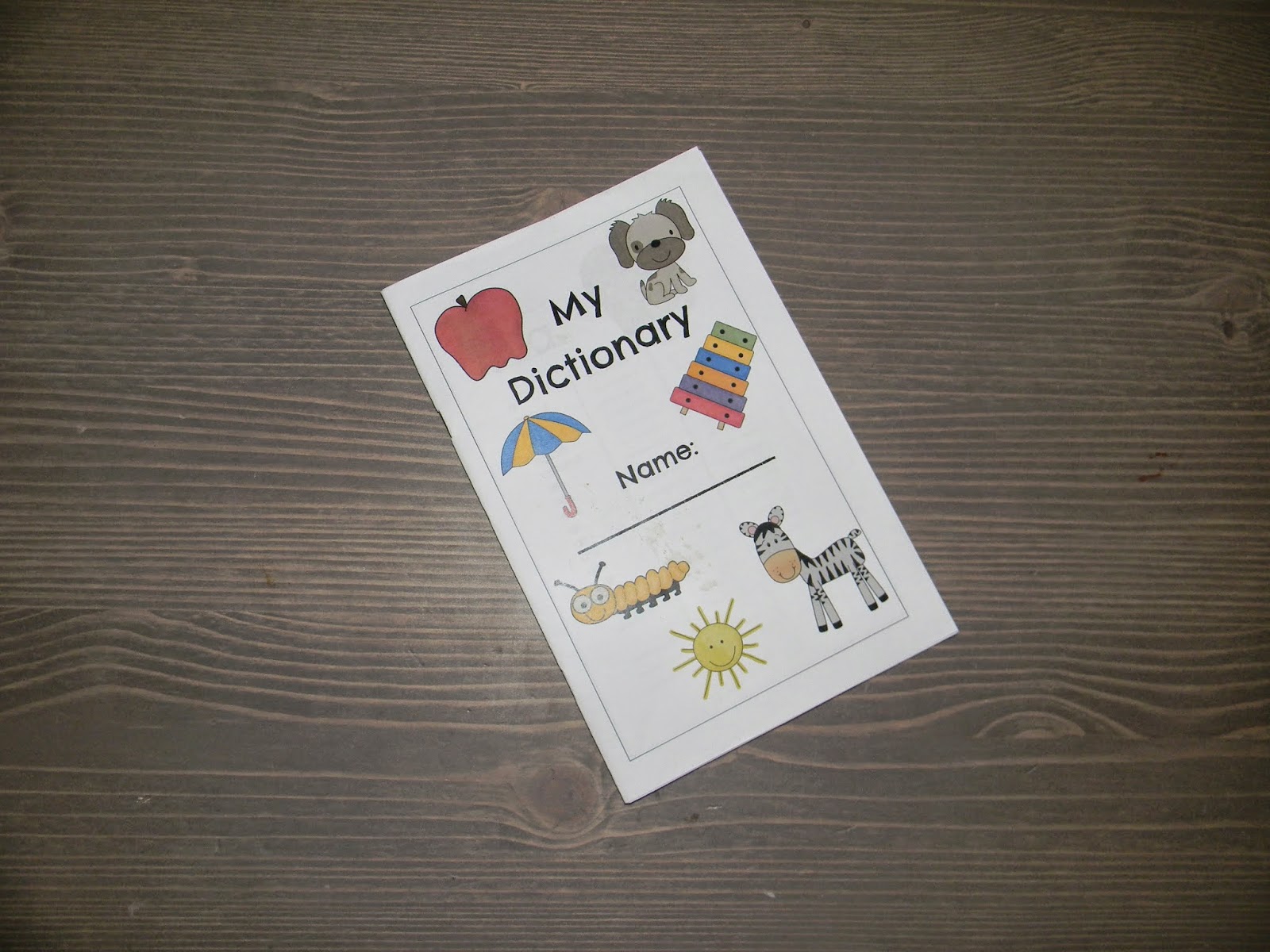When we observe, we use our five senses. When we write descriptively, we should also use our five senses.
Our audience should be able to “picture” in their minds what you and your characters feel, smell, hear, see, and taste by the words you use in your writing.
Writing is best learned when we surround ourselves
with other author’s stories and books. When we see how others have written, we
can get ideas for our own stories. I read books to my students every week
focusing on an example of the type of writing I am teaching that particular
week.
My curriculum includes a recommended book list of literature that can be used to teach and model each
type of writing.
When I teach descriptive writing, I begin by
discussing adjectives and the importance of using them in our writing.
I give my children candy
such as Smarties or gummy bears, but you could use a banana or a non-edible
item such as a ball or toy and as my students are eating the candy, I ask them to
use their five senses and tell me words to describe the candy. I discuss with
them that I could say, “The candy is good” or I could say, “The tiny, crunchy candy
is both sweet and tart”. I encourage them to use their five senses and
adjectives to make their writing more descriptive.
I also encourage them to use a thesaurus or the
Colorful Words book to use more interesting and exciting words in their
writing.
You can purchase the Colorful Words book here. It can be purchased separately or is a part of the Let's Write curriculum.
This book includes 18 “boring”
or overused words and colorful words {synonyms} that can be used in their place
to make our writing more exciting and interesting for our audience. This is a great resource for your writing center or writing binders.
Descriptive writing is just that – descriptive and
full of detail. Every character, animal, item, sound, and thought is described
in our writing. It is our job as authors to paint a picture in the minds of our
readers.
I shared The Important Book by Margaret Wise Brown
with my students. I encouraged my students to add sensory details to their
writing.
My curriculum, Let’s Write: A Writing Curriculum for
Young Writers, has several descriptive writing choices listed, but we will focus on
writing about a special person for the next two weeks.
I introduced the topic for their writing this week
and read My Rotten Redheaded Older Brother by Patricia Polacco to my students before
they began pre-writing. We discussed ways that Patricia Polacco described her
brother in the book and how we as authors should do the same.
I had my students use the pre-writing/brainstorming
graphic organizers, found here in my curriculum, to develop their ideas about a
special person. Once they had their ideas developed, I encouraged them to use
the descriptive writing template, found in the Let's Write curriculum, to write their rough draft, making sure that
they add details, adjectives, sensory details, exciting and colorful words, and
description in every sentence.
Let’s Write!
























